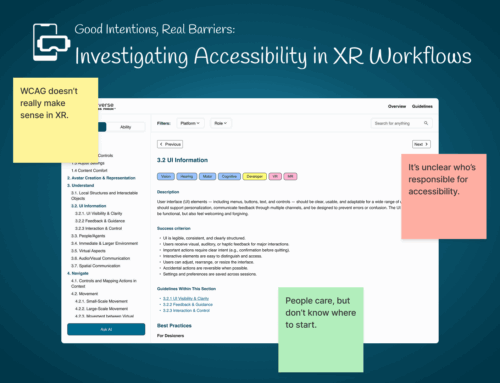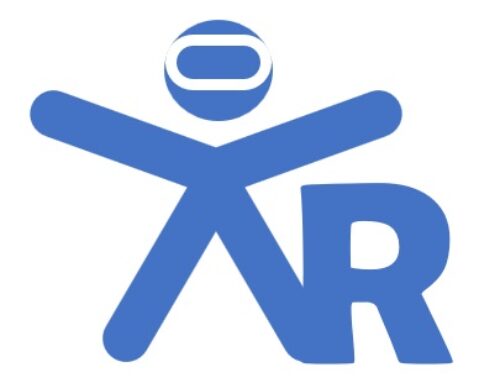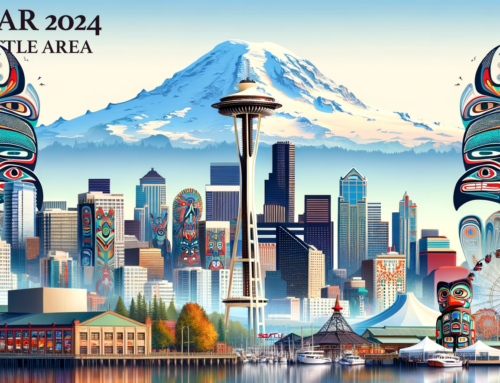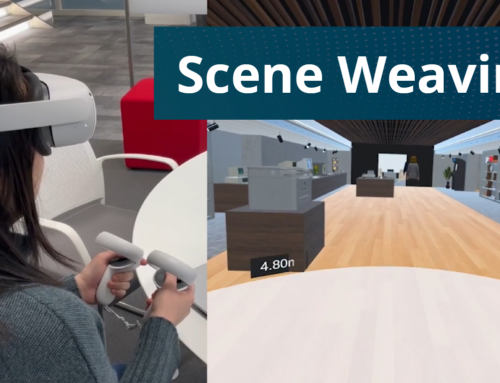Authors: Lucy Jiang, Mahika Phutane, Shiri Azenkot.
While traditional videos are typically made accessible with audio description (AD), we lack understanding on how to make 360° videos accessible while preserving their immersive nature. Through individual interviews and collaborative design workshops, we explore ways to improve 360° video accessibility beyond applying traditional AD methods. We conducted design workshops with BLV and sighted AD creators who collaboratively develop accessible 360° video prototypes.
We found that AD experts value accurate vocabulary and different points of view for immersive descriptions, prefer a variety of presentation locations for spatialized AD, appreciate sound effects for setting the mood and subtly guiding users, and wish to engage multiple senses to boost engagement. We conclude with implications for accessible immersive media accessibility and future research directions to support disabled people as creators of access technology.
Research poster for 360 Audio Descriptions. Click to access Google Slides version.
360 Audio Description Demo




